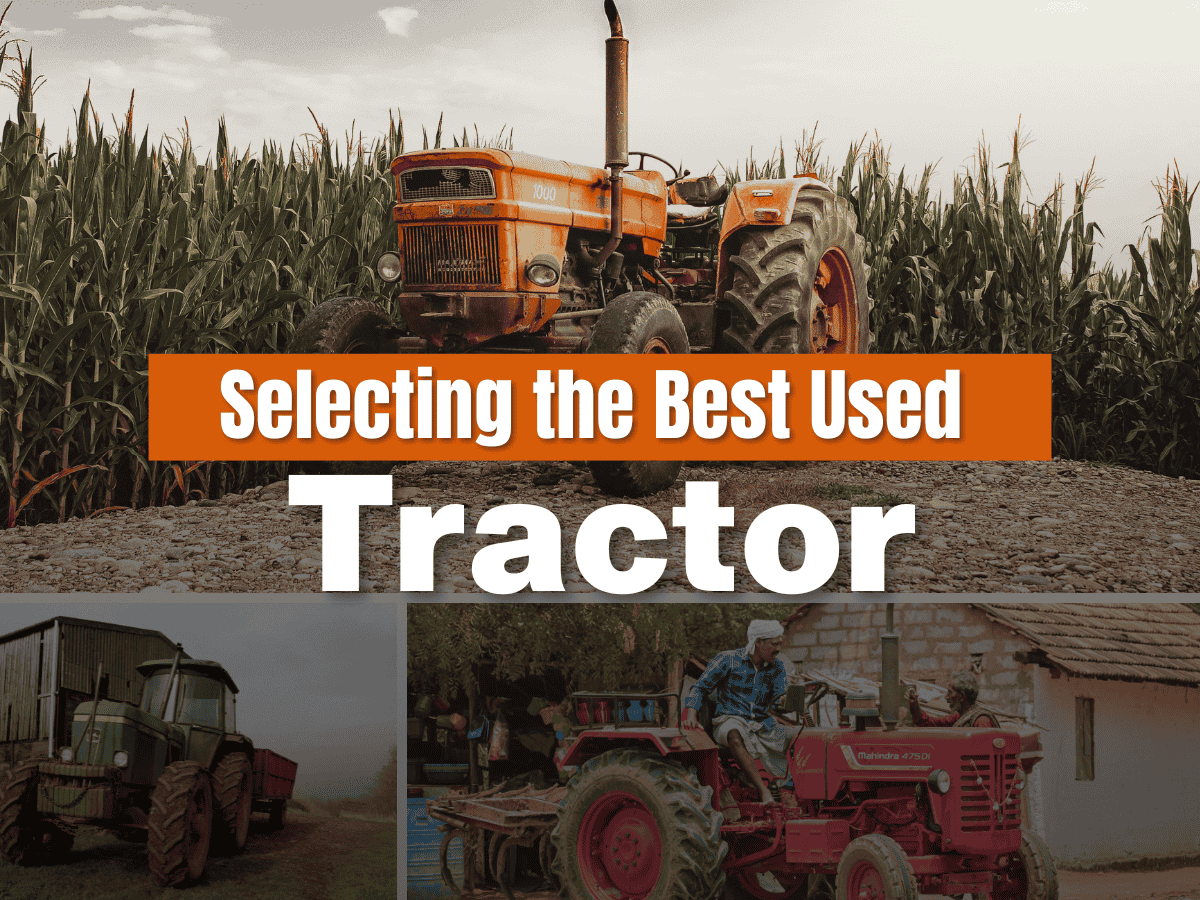Search Further
Kindly select atleast one option
Top Farming Equipment in India
For generations, farming in India has been a core pillar of life. While our agricultural heritage is rich, the tools of the trade are undergoing a massive transformation. Gone are the days when farming was purely manual and slow; today, it’s all about modern farming equipment that brings precision, efficiency, and power to the fields.
Read the full blog
ceat-speciality:blogs-tags/all,ceat-speciality:blogs-tags/equipment
Which Agricultural Tyre Technology Is Best for Your Equipment?Which Agricultural Tyre Technology Is Best for Your Equipment?
Tyres do more than just hold air. They are what transmit your tractor’s power to the ground. The right tyre choice directly affects productivity, soil
Read the full blog

ceat-speciality:blogs-tags/all,ceat-speciality:blogs-tags/equipment
Why Equipment Efficiency Starts at Ground Level?Why Equipment Efficiency Starts at Ground Level?
When we talk about improving equipment performance, most people think of engines, fuel systems, or operator skills. But the real secret? It starts at
Read the full blog

ceat-speciality:blogs-tags/all,ceat-speciality:blogs-tags/equipment
Selecting the Best Used Tractor: Key Factors to Consider Before BuyingSelecting the Best Used Tractor: Key Factors to Consider Before Buying
Investing in a used tractor can be a smart and cost-effective decision for farmers and agricultural businesses. However, choosing the right one requir
Read the full blog


